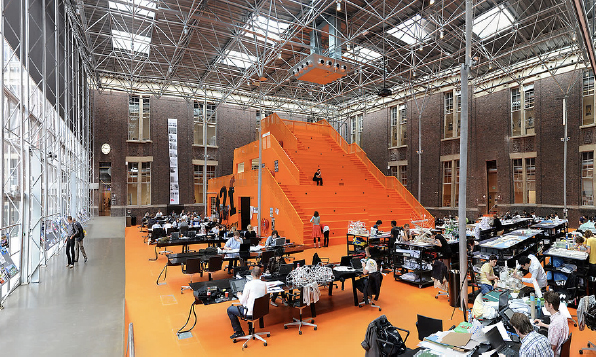This output will develop a core curriculum for doctoral education in Architecture and the Built Environment by means of sharing existing courses among the partner universities, by using high quality courses from other European universities, and if necessary by adding new courses. This core curriculum however is not intended to become compulsory: instead it should be understood as complementary to what happens already. PhD students and schools/faculties can use just the particular elements they need, or they can use the whole package. To facilitate participation throughout Europe, we will rework the content of the courses into new and open formats. This will involve making an inventory, combining the best of the best, adding what is missing, and translating into open formats. In this way, the output will deliver a core curriculum for doctoral education in the field.
Schools/faculties of Architecture and the Built Environment generally provide sufficient suitable courses already in regard to transferable skills (i.e. general skills like presentation and writing skills, or personal development skills). This is not the case in terms of research skills and discipline-related skills. Due to a lack of critical mass (i.e. not enough PhD students), schools/faculties of architecture often struggle in providing their PhD students with dedicated research and discipline-related courses in doctoral education. And because students (and their supervisors) have often been mainly trained as designers, not as researchers, there is a particular strong need for courses about theory and research methodology. This need is felt in all of the partner universities that take part in this research proposal. This need however exists also at other schools/faculties in the field. Although the critical mass to offer such courses may be lacking at individual institutes, across Europe as a whole there is clearly sufficient demand. To address this broader demand is hence the explicit aim of this output. The aim is to offer new course material in open (digital) formats that will allow schools/faculties across Europe to participate in and use them. The output will also initiate a series of international seminars (PhD days) offering specific courses within a condensed timeframe, which will offer PhD students the opportunity to network.

